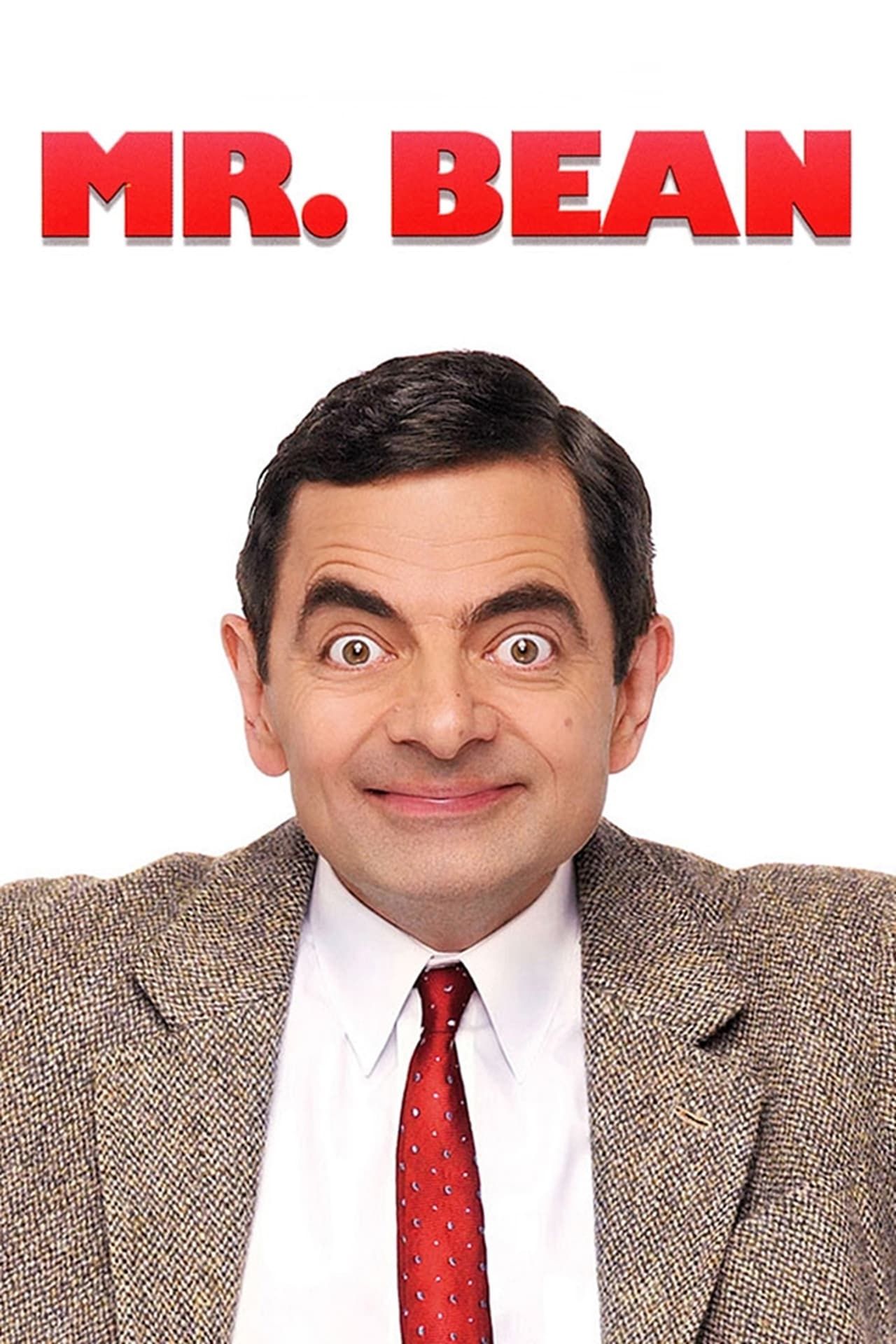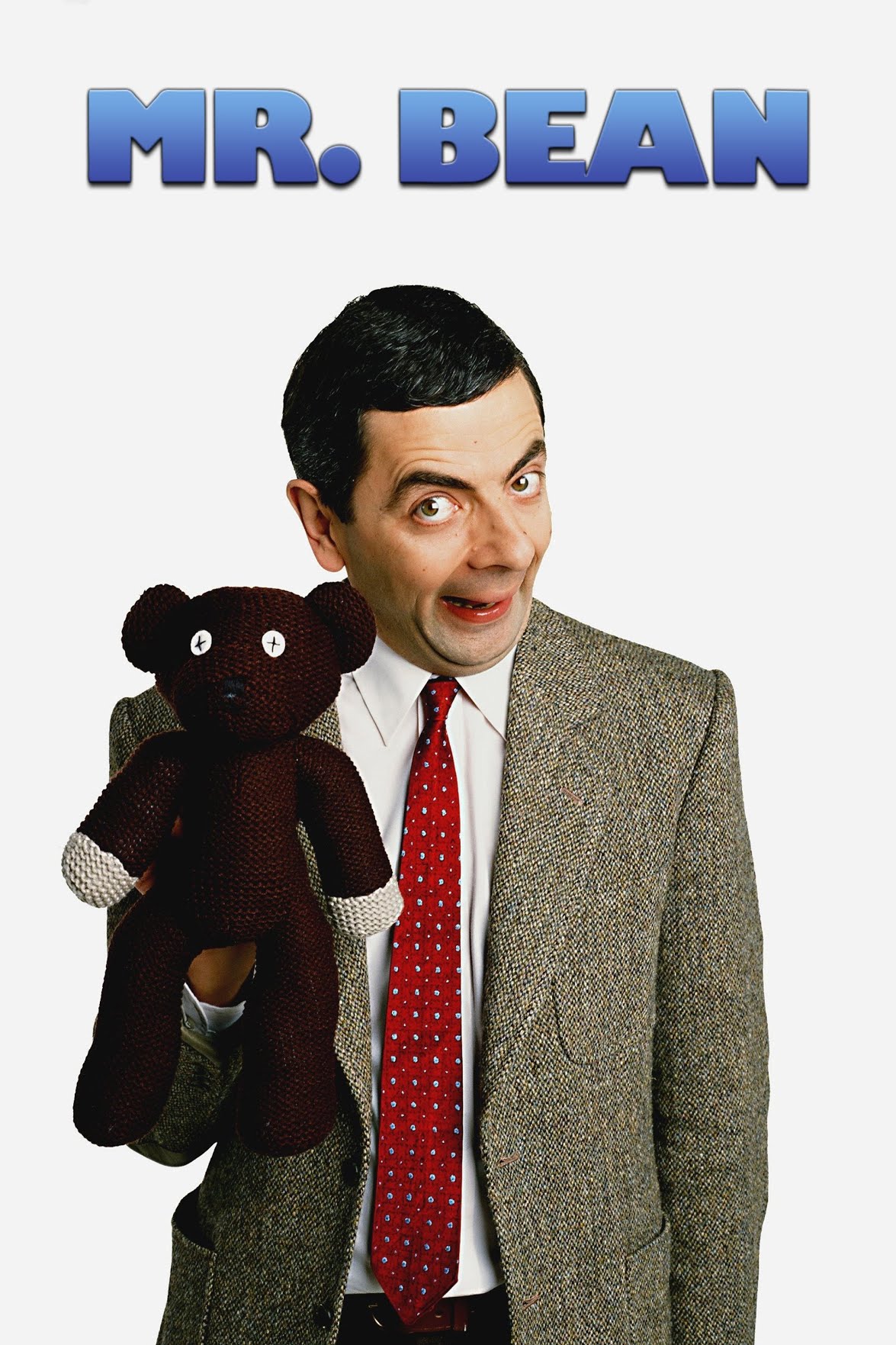Mr.doob: The Digital Alchemist Of Interactive Web Art
In the vast and ever-evolving landscape of the internet, where lines of code breathe life into pixels and transform static pages into dynamic experiences, few names resonate with the same innovative spirit as mr.doob. Often hailed as a pioneer in interactive web art and a visionary in the realm of 3D web graphics, mr.doob (Ricardo Cabello) has profoundly shaped how we perceive and interact with the digital world. His work isn't just about creating stunning visuals; it's about crafting immersive, playful, and often thought-provoking digital experiences that push the boundaries of what's possible directly within your browser.
From whimsical interactive tools that allow users to create colorful spin art to complex digital cityscapes that invite exploration, mr.doob's creations consistently demonstrate a unique blend of artistic flair and technical mastery. He is perhaps best known as the primary author of Three.js, a groundbreaking JavaScript library that has democratized 3D rendering on the web, empowering countless developers and artists to build their own virtual worlds. This article delves into the fascinating world of mr.doob, exploring his journey, his most iconic contributions, and the enduring legacy he continues to build in the fascinating intersection of creativity and technology.
Table of Contents
- Biography of Mr.doob: A Digital Visionary's Journey
- Personal Data: Ricardo Cabello (mr.doob)
- The Magic Behind Three.js and Mr.doob's Contributions
- Iconic Creations: A Glimpse into Mr.doob's Portfolio
- Mr.doob's Philosophy: Simplicity, Experimentation, and Open Source
- The Impact and Legacy of Mr.doob on Web Development
- Beyond the Code: Mr.doob's Broader Influence
- The Future of Interactive Web Art: What's Next?
- Conclusion
Biography of Mr.doob: A Digital Visionary's Journey
Ricardo Cabello, universally known by his online moniker mr.doob, is a Spanish creative coder and web developer whose work has consistently pushed the boundaries of web technology and digital art. Born in Spain, Cabello's journey into the digital realm began with a fascination for computer graphics and interactive experiences, long before the widespread adoption of modern web technologies.
Early Life and Influences
While specific details about mr.doob's early life are not widely publicized, his work clearly reflects a deep-seated passion for visual programming and a keen eye for design. His early explorations likely involved various programming languages and graphics APIs, laying the groundwork for his future innovations. The nascent days of the internet, with its raw potential for interactive content, provided a fertile ground for his experimental nature. He was drawn to the idea of creating something directly accessible through a web browser, eliminating the need for complex installations or proprietary software. This early exposure to the web's democratic nature would profoundly influence his commitment to open-source development.
The Birth of a Digital Visionary
Mr.doob rose to prominence through his prolific output of experimental web projects, often showcased on his personal website, mrdoob.com. These projects, ranging from simple yet mesmerizing visualizers to complex interactive simulations, quickly garnered attention for their technical prowess and artistic originality. He became a leading figure in the "Chrome Experiments" initiative by Google, a platform that showcased innovative web projects utilizing new browser capabilities. This association further cemented his reputation as a trailblazer, demonstrating the untapped potential of HTML5, JavaScript, and WebGL to create rich, immersive digital experiences directly in the browser. His work often felt like a glimpse into the future of the web, inspiring a generation of developers and artists to explore creative coding.
Personal Data: Ricardo Cabello (mr.doob)
While mr.doob maintains a relatively private personal life, his professional contributions are well-documented. Here's a brief overview:
| Attribute | Detail |
|---|---|
| Full Name | Ricardo Cabello |
| Known As | mr.doob |
| Nationality | Spanish |
| Primary Role | Creative Coder, Web Developer, Artist |
| Most Notable Contribution | Primary author of Three.js |
| Website | mrdoob.com |
| Key Focus Areas | Interactive Web Art, 3D Graphics, Open Source, WebGL, JavaScript |
The Magic Behind Three.js and Mr.doob's Contributions
To understand the full scope of mr.doob's impact, one must delve into his most significant contribution: Three.js. Before Three.js, creating 3D graphics on the web was a daunting task, often requiring complex low-level WebGL programming or proprietary plugins. Mr.doob envisioned a simpler, more accessible way to bring 3D to the browser, and from this vision, Three.js was born.
Three.js: Empowering 3D on the Web
Three.js is a cross-browser JavaScript library and application programming interface (API) used to create and display animated 3D computer graphics in a web browser. It simplifies the process of working with WebGL, a JavaScript API for rendering interactive 2D and 3D graphics within any compatible web browser without the use of plug-ins. Essentially, Three.js provides a higher-level abstraction over WebGL, making it far easier for developers to:
- Create scenes with lights, cameras, and objects.
- Load 3D models in various formats.
- Apply materials and textures.
- Animate objects and camera movements.
- Handle user interactions in 3D spaces.
Mr.doob's commitment to open-source development has been pivotal to Three.js's success. He built the library from the ground up, providing a robust, well-documented, and actively maintained framework. His early Three.js sketches and examples, often simple yet powerful, served as invaluable learning resources for aspiring 3D web developers. The library's accessibility and comprehensive features quickly made it the de facto standard for 3D on the web. It powers everything from interactive product configurators and data visualizations to virtual tours and games, proving that complex 3D experiences are no longer confined to desktop applications.
Iconic Creations: A Glimpse into Mr.doob's Portfolio
Beyond Three.js itself, mr.doob's personal projects are a testament to his creative genius and his philosophy of constant experimentation. His website, mrdoob.com, serves as a digital playground, showcasing a vast array of interactive experiments, each a unique blend of art and code. These projects often highlight specific technical capabilities of the web while simultaneously offering engaging user experiences.
Interactive Art and Digital Experiences
Many of mr.doob's projects are designed for direct user interaction, turning passive viewing into active participation. Here are a few examples that embody his approach:
- Spin Art: One of his most delightful and accessible tools allows users to create colorful spin art using this interactive tool by mr.doob, combining creativity and technology for unique designs. With a simple mouse click and drag, users can generate intricate, vibrant patterns, mimicking the physical process of spin painting in a digital environment. This project perfectly illustrates his ability to make complex visual effects feel intuitive and fun.
- Digital Cityscape: Another captivating example invites users to explore a digital cityscape with interactive features, showcasing creativity and technology in a virtual environment. This project demonstrates the power of Three.js to render large, detailed 3D environments that users can navigate, offering a sense of scale and immersion. It's a prime example of how his work often blurs the lines between a technical demo and an artistic creation.
- Voxel Painter: Showcasing his versatility, tools like the Voxel Painter allow users to build 3D structures out of individual cubes (voxels). The interface is simple:
add voxel,shift + clickfor specific actions,rotate | share save clear. This project highlights the potential for user-generated content within a web browser, providing a creative outlet for digital sculptors. - Multiuser Sketchpad: His Multiuser sketchpad (released around 2020/04/15) is a brilliant demonstration of real-time collaborative drawing on the web. It allows multiple users to draw simultaneously on the same canvas, seeing each other's strokes in real-time. This project not only showcases technical prowess in handling network synchronization but also embodies a spirit of shared creativity.
- Text Experiments: Even seemingly simple concepts are transformed. In some of his text-based experiments, you can
type some text and hit enter, and watch as the text interacts with physics, morphs, or generates unique visual effects. These projects emphasize that innovation isn't always about grand 3D scenes but can also be found in subtle, clever interactions.
Each of these projects, and many more on his site, serve as living examples of "this is how it works" – not just in terms of code, but in demonstrating the sheer potential of the web as a creative canvas. They are often minimalist in design but rich in interactive depth, encouraging users to play and discover.
Mr.doob's Philosophy: Simplicity, Experimentation, and Open Source
Mr.doob's approach to development is deeply rooted in a few core principles:
- Simplicity: While his projects can be technically complex, their user interfaces are often remarkably simple and intuitive. He believes in making powerful tools accessible, reducing friction between the user and the creative process. This philosophy is evident in Three.js itself, which provides a straightforward API for complex 3D operations.
- Experimentation: His website is literally a "lab." Mr.doob constantly experiments with new ideas, new browser features, and new ways to interact with digital content. He isn't afraid to try unconventional approaches or to release projects that are purely for exploration, rather than commercial viability. This continuous experimentation is what keeps his work fresh and inspiring.
- Open Source: Perhaps his most impactful principle is his unwavering commitment to open source. Three.js is a prime example, freely available for anyone to use, modify, and contribute to. This collaborative spirit has fostered a massive community around Three.js, leading to its widespread adoption and continuous improvement. By sharing his code, mr.doob has empowered countless developers and artists to build their own dreams, democratizing access to cutting-edge web technology.
His work often embodies the spirit of the early internet – a place for exploration, sharing, and pushing boundaries without immediate commercial pressure. While his contributions have certainly influenced commercial applications (e.g., advertising programs business solutions that leverage web graphics), his primary motivation appears to be pure creative expression and technical challenge.
The Impact and Legacy of Mr.doob on Web Development
The influence of mr.doob on modern web development cannot be overstated. His legacy extends far beyond just the creation of Three.js; it encompasses a paradigm shift in how we approach interactive web content:
- Democratization of 3D: Three.js has made 3D graphics accessible to a vast number of web developers who might not have had the specialized knowledge or resources to work with lower-level WebGL. This has led to an explosion of 3D content on the web, from interactive data visualizations to immersive e-commerce experiences.
- Pioneering WebGL Adoption: Through his early and consistent use of WebGL in his experiments, mr.doob played a crucial role in showcasing its potential and driving its adoption across browsers. He demonstrated that WebGL was not just a niche technology but a powerful tool for mainstream web development.
- Inspiring a Generation: His projects serve as a constant source of inspiration for creative coders, artists, and developers worldwide. Many aspiring web artists start their journey by dissecting mr.doob's code or building upon Three.js, learning best practices and discovering new possibilities.
- Setting Standards for Interactive Design: Mr.doob's work often sets a high bar for interactive design on the web. His emphasis on smooth performance, intuitive controls, and engaging visuals has influenced countless other interactive experiences.
- Fostering Open-Source Culture: His dedication to open source has strengthened the collaborative spirit within the web development community. The success of Three.js is a testament to the power of shared knowledge and collective contribution.
His work has fundamentally changed the answer to the question "What can a website do?" from a static page to a dynamic, interactive, and often three-dimensional experience. He embodies the spirit of a true web alchemist, turning lines of code into captivating digital gold.
Beyond the Code: Mr.doob's Broader Influence
While his technical contributions are immense, mr.doob's influence extends beyond just code. He has inadvertently become a figurehead for a particular kind of web philosophy:
- The Art of the Demo: His projects are often referred to as "demos" – short, impactful demonstrations of a concept or technology. He mastered the art of creating compelling demos that not only showcase technical prowess but also evoke a sense of wonder and possibility. This approach has become a benchmark for many in the creative coding community.
- The "I'm Feeling Lucky" Spirit: In a way, mr.doob embodies the spirit of a Google search "I'm feeling lucky" button – a willingness to dive into the unknown, to discover something unexpected and delightful. His projects often feel like happy accidents, born from playful exploration rather than rigid planning. This encourages other developers to experiment and embrace serendipity in their own work.
- Advocacy for Web Standards: By consistently pushing the boundaries of what browsers can do with open web standards (HTML, CSS, JavaScript, WebGL), mr.doob indirectly advocates for the continuous improvement and innovation of these technologies. His work often highlights areas where browser performance or APIs could be improved, driving the industry forward.
- Community Building: Through Three.js and his online presence, he has fostered a vibrant global community of creative coders. This community shares knowledge, collaborates on projects, and inspires each other, creating a positive feedback loop of innovation.
His work has also subtly influenced the broader web ecosystem, including how major companies approach interactive content. While he doesn't directly deal with advertising programs business solutions privacy & terms +google about google, the rich interactive experiences made possible by tools like Three.js are now commonplace in commercial applications, demonstrating the far-reaching impact of his open-source contributions.
The Future of Interactive Web Art: What's Next?
As technology continues to evolve, so too will the possibilities for interactive web art, and mr.doob's legacy will undoubtedly continue to play a crucial role. We are seeing a shift towards even more immersive experiences, driven by advancements in:
- WebXR (VR/AR on the Web): Three.js is already a foundational library for WebXR development, allowing developers to create virtual and augmented reality experiences directly in the browser. This opens up new frontiers for interactive art that blurs the lines between the digital and physical worlds.
- WebAssembly (WASM): For performance-intensive applications, WebAssembly offers near-native execution speeds in the browser, potentially enabling even more complex 3D simulations and interactive games.
- AI and Machine Learning: The integration of AI into creative tools could lead to generative art that adapts in real-time to user input or environmental factors, creating truly dynamic and unpredictable experiences.
- Improved Browser Performance: As browsers become more powerful and efficient, the ceiling for what can be achieved with interactive web art continues to rise, allowing for richer graphics and more complex simulations.
Mr.doob's philosophy of experimentation and open access will remain vital in this future. The tools and techniques he pioneered will continue to be the building blocks for the next generation of digital artists and developers, ensuring that the web remains a vibrant canvas for creativity and innovation.
Conclusion
Mr.doob, or Ricardo Cabello, is more than just a developer; he is a digital alchemist who has transformed the web from a static medium into a dynamic, interactive playground. Through his tireless work on Three.js and his prolific collection of captivating web experiments, he has not only provided the tools but also the inspiration for countless individuals to explore the frontiers of interactive web art. His commitment to open source, simplicity, and continuous experimentation has left an indelible mark on the digital landscape, democratizing 3D graphics and fostering a vibrant community of creative coders.
As we navigate an increasingly digital world, the principles championed by mr.doob—the joy of creation, the power of sharing, and the endless possibilities of technology—remain more relevant than ever. His legacy is a testament to the idea that with curiosity, skill, and a willingness to break new ground, one person can profoundly shape the future of an entire medium. So, the next time you encounter a stunning 3D experience in your browser, take a moment to appreciate the pioneering spirit of mr.doob, who helped make it all possible. What's your favorite mr.doob experiment? Share your thoughts in the comments below, and don't forget to explore more of our articles on the fascinating world of web development and digital art!

mr. bean Summary, Latest News, Trailer, Season List, Cast, Where to

Category:Mr. Bean characters | Fictional Characters Wiki | Fandom

Mr. Olympia results 2022: Complete list of winners for every men's